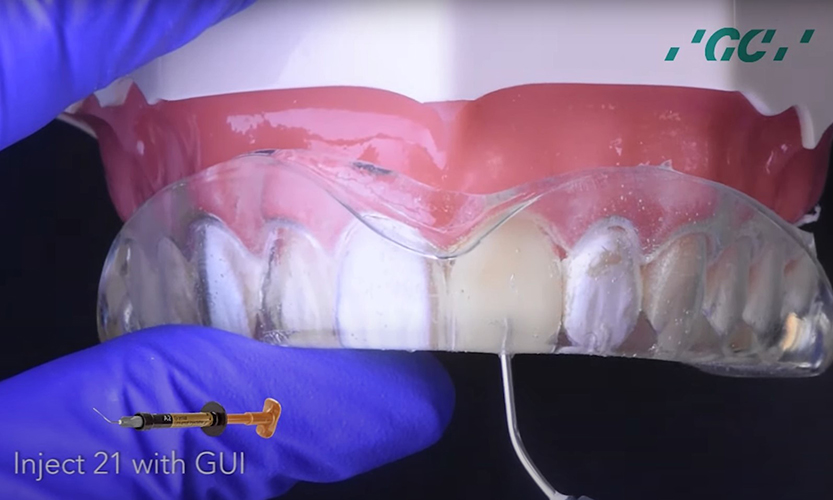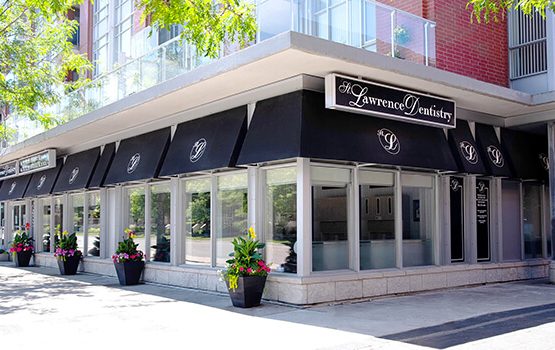In cosmetic dentistry, technological advancements and techniques continually improve the options for enhancing smiles.
One such innovation is the injection molding technique for applying composite veneers. This method offers a combination of precision, efficiency, and aesthetics, making it a popular choice for both Drs. Hawryluk and Mastropole and patients. Let’s explore what composite veneers with the injection molding technique are, their benefits, and considerations.
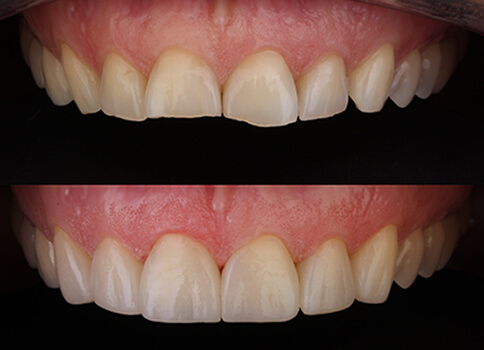
What Are Composite Veneers?
Composite veneers are thin shells of tooth-colored resin that St. Lawrence Dentistry applies to the front surface of the teeth. They can correct a wide range of dental imperfections such as discoloration, chips, gaps, misalignment, and even minor tooth rotations. Unlike porcelain veneers, composite veneers involve minimal tooth preparation, making the procedure less invasive.
The Injection Molding Technique
Drs. Hawryluk and Mastropole at St. Lawrence Dentistry use the injection molding technique to apply composite veneers. This method involves using a mold or template to shape and apply the composite material onto the teeth. It ensures precise application, creating a uniform and aesthetically pleasing result. Here’s how the process works:
- Initial Consultation and Planning: The dentist takes impressions of your teeth to create a detailed model. This model helps design a custom template that guides the application of the composite material.
- Preparation: The dentist cleans and lightly etches the teeth to create a suitable bonding surface. Compared to other veneer techniques, minimal tooth preparation is needed.
- Injection Molding: The dentist places the custom template over the teeth and injects the composite resin into the mold. The resin hardens and bonds effectively to the tooth surface when cured using a special light.
- Finishing Touches: Once the composite sets, the dentist removes the template and shapes and polishes the veneers to achieve a natural and harmonious look.
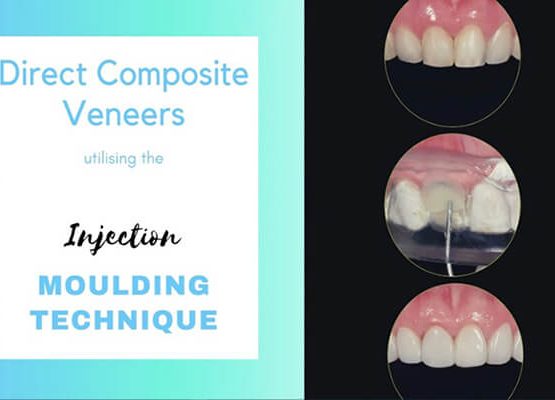
Benefits of the Injection Molding Technique
- Precision and Consistency: A custom mold ensures that the composite material applies uniformly, resulting in a consistent and precise appearance.
- Minimally Invasive: This technique requires little to no tooth preparation, preserving the natural tooth structure.
- Efficient Process: The injection molding technique allows for a quicker application than traditional methods, often completing the procedure in a single visit.
- Cost-Effective: Composite veneers are generally more affordable than porcelain veneers, making them an accessible option for many patients.
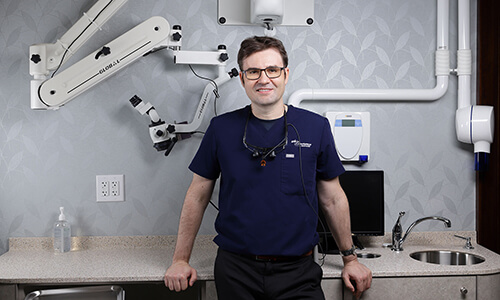
Considerations and Drawbacks
While the injection molding technique for composite veneers offers excellent aesthetics and efficiency, there are some considerations to keep in mind:
- Durability: Composite veneers are less durable than porcelain veneers and may require more frequent repairs or replacements.
- Aesthetics: Although impressive, porcelain veneers still offer a slightly superior natural appearance due to their translucency and ability to mimic natural tooth enamel more closely.
Addressing Worn Dentition with Composite Veneers
Many individuals suffer from worn dentition, where the biting surfaces of the front teeth erode or wear down over time. In these cases, the upper canine teeth might need a “360” composite veneer, a technique that involves applying composite material around the entire tooth, including the biting surface, to restore its structure and functionality.
Understanding Protrusive and Lateraltrusive Movements
Understanding two fundamental jaw movements is essential to appreciate the need for “360” composite veneers. Protrusive movement refers to the forward movement of the lower jaw, where the lower teeth slide against the upper teeth. Lateraltrusive movement, on the other hand, involves the sideways movement of the lower jaw, with the lower teeth sliding along the sides of the upper teeth.
Restoring the upper canines with “360” composite veneers creates space for these movements, which helps lengthen and protect the teeth during daily functions.
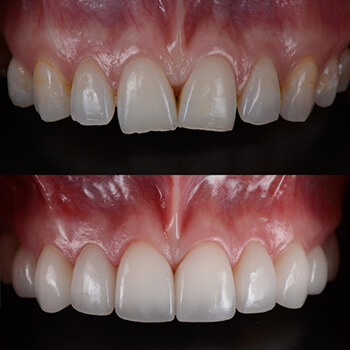
Conclusion
The injection molding technique for composite veneers represents a significant advancement in cosmetic dentistry. It offers a precise, efficient, and minimally invasive option to enhance smiles. While durability and maintenance are considerations, the benefits of this technique make it a compelling choice for many patients. If you’re considering veneers, consult St. Lawrence Dentistry to determine if the injection molding technique suits you.
- St. Lawrence Dentistry Looks Forward To St. Patrick’s Day! - March 12, 2025
- Understanding Dental X-Rays and Radiation: What You Should Know - January 13, 2025
- Happy New Year from St. Lawrence Dentistry! - December 30, 2024



